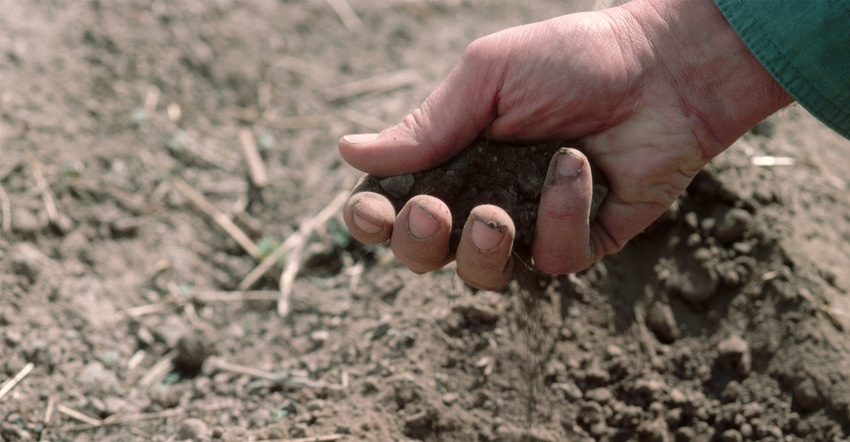November 5, 2021

You had your farm soil sampled after harvest using a Wisconsin certified testing lab and now the results are back. Several questions are coming to mind as you look through the reports and see numbers that do not make sense to you.
For one, you see two fields that have a similar soil test potassium level, but the fields have different amounts of K to apply. If both have the same soil test level, and the same crop rotation, wouldn’t they require the same amount of applied K? On closer examination, you notice one field is Fayette silt loam and the other is Sparta loamy sand. You remember looking up soil series names and wondered why the names were needed. Looking up soil series takes time and can be complicated. As you see in this example, rates of applied fertilizer can vary depending on soil type.
Soil test recommendations are not made with a simple formula. A given soil test level does not equal an amount of fertilizer to apply. Fertilizer recommendations are based on years of research data and the probability of a response, tested over many soil types. For instance, a crop grown on Fayette soil will respond to higher amounts of applied fertilizer because the soil is well-drained but not droughty, and Fayette is capable of holding nutrients and water so abundant crop growth is possible.
Crop growth on Sparta loamy sand is often limited by soil moisture. When fertilizer is added to these two soils, Sparta soils respond with less yield to applied nutrients because soil moisture usually limits crop growth before the crop runs out of nutrients. Thus, the odds of a positive return to applied K on a non-irrigated Sparta soil are less than on a Fayette soil. Wisconsin soil tests are calibrated to Wisconsin’s climate to yield the best results for Wisconsin.
Extractants are used in soil testing to extract a nutrient from the soil sample submitted to the lab. Different soil conditions require the use of different extractants. Soil pH affects the availability of phosphorus to plants as P ties up with calcium in high pH soils — thus the need to use different extractants for different soil pH. Wisconsin soils are usually acidic, so Wisconsin labs use the Bray-P1 extractant if the soil pH is 7.4 or less and the Olsen test if soil pH is greater than 7.4. States that have high pH soils use different extractants, usually the Olsen extractant.
Some commercial labs use the Mehlich 3 extractant because one extractant can be used to extract P, K and some micronutrients. The Mehlich test does not correlate well with Wisconsin because limited testing of the Mehlich test results has been conducted in Wisconsin. Soil test results and nutrient recommendations may be different and may result in too much or not enough fertilizer being applied, causing yield or economic loss. Remember, Wisconsin soil test results are calibrated to Wisconsin soils and Wisconsin climate.
Using Wisconsin certified soil test labs will result in fertility recommendations calibrated to Wisconsin conditions. If you use a lab that has not been calibrated to Wisconsin conditions, be aware that results will be affected and may not result in economic optimum results.
Okonek is the Extension ag agent for Jackson and Trempealeau counties in Wisconsin.
You May Also Like




